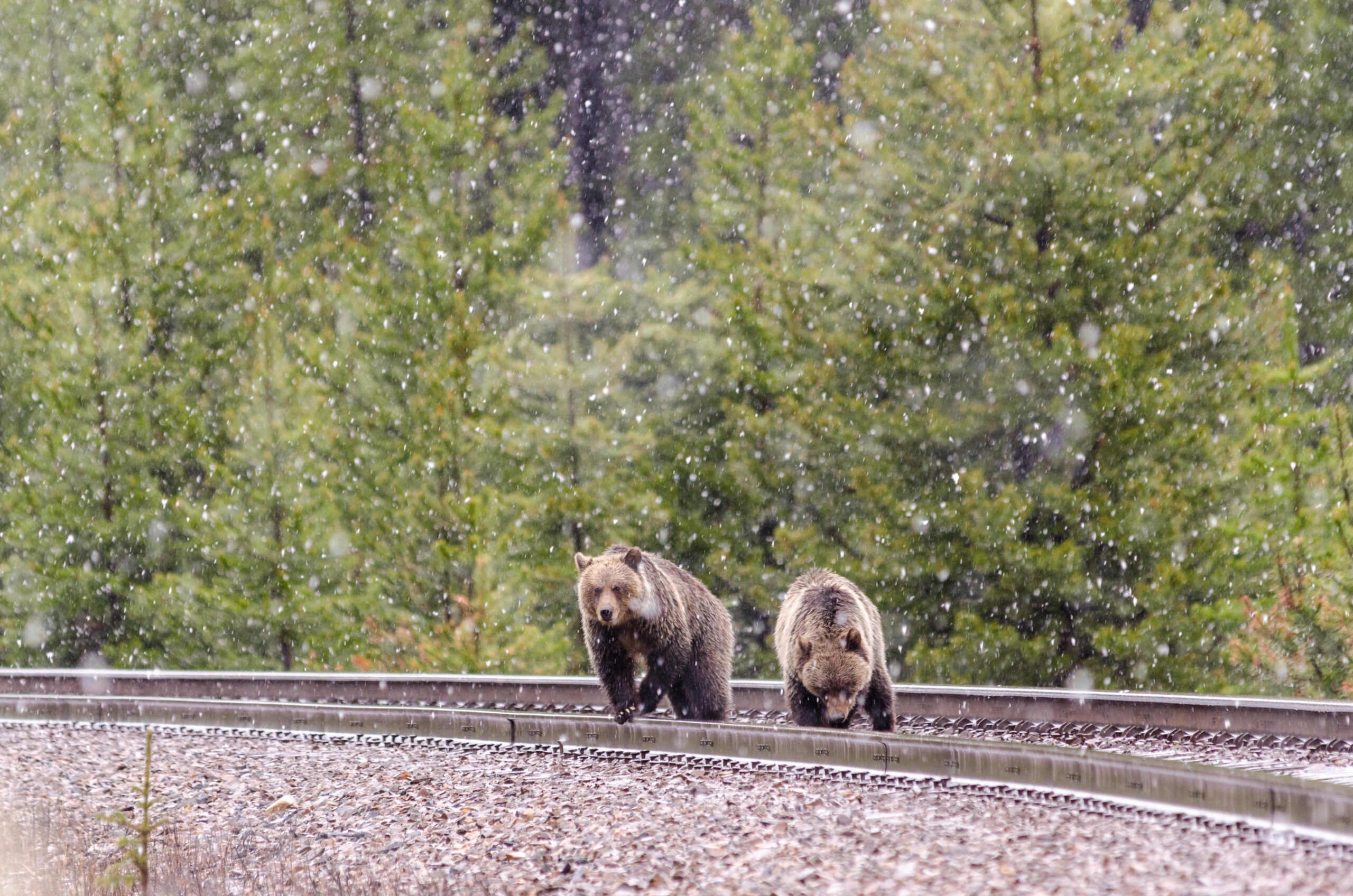When Frank de Boon was a conservation officer, some of the hardest calls came in the middle of the night. That’s when the phone would ring — an elk hit by a passing train. Back broken, legs crushed, critically injured, but often still alive. And it was de Boon’s job to go out after daybreak to end the animal’s suffering. “We were seeing it all the time,” he told The Narwhal’s Ainslie Cruickshank.
This is a heartbreaking investigation into the long-standing, and overlooked issue of wildlife killed by oncoming trains in B.C. These trains often carry grain that can leak onto the tracks — attracting wildlife like elk and grizzly bears into the path of moving trains.

This series was produced by The Narwhal in partnership with the CBC through its collaboration with the Global Reporting Centre. Rail data analysis for the story was supported by the GRC as a part of our ongoing investigation into rail safety led by the Howard Center for Investigative Journalism.
The death toll is alarming. Canadian National Railway reported 202 moose and 67 bears struck by trains in B.C. between 2020 and 2023. And that’s likely a conservative estimate: there’s evidence collision numbers are underreported, especially by railway companies themselves. This isn’t new. In 1982, a government biologist warned trains were killing “hundreds of moose every year” in B.C.’s Central Interior and said that failure to act would become “an embarrassment.”
One internal government document obtained by The Narwhal through a Freedom of Information request stated: “Railway companies are difficult or impossible to work with.”

What isn’t impossible is bringing these stories to light. This series is a testament to collaborative journalism.
“Working collaboratively on this reporting has enabled our stories to be stronger. We’re grateful to the Global Reporting Centre for sparking this connection and for the opportunity to work with Canada’s public broadcaster, a first for The Narwhal,” said Lindsay Sample the B.C. Bureau Chief for The Narwhal.
Read the Full Story on The Narwhal. Watch the story on CBC’s The National
There’s a story in the numbers
The data illustrates the urgency and frequency of this issue.
“It takes a lot of effort from a lot of people to find the stories hidden in big datasets,” said The GRC/Narwhal’s Andrew Munroe. “Through the collaboration we learned a lot about wildlife and train tracking — including how we might improve accountability and practices related to wildlife strikes.”
What you see when reading a story, or watching a broadcast is a small fraction of what it takes to pull together a big investigation like this one.
“This project is exactly why the GRC exists,” said GRC Executive Director Andie Crossan. “The result is a deeply reported story by The Narwhal that tackles an underreported and tragic aspect of rail transport.”
This type of investigation takes both time and money from supporters like you. If you value what we do, consider donating.

